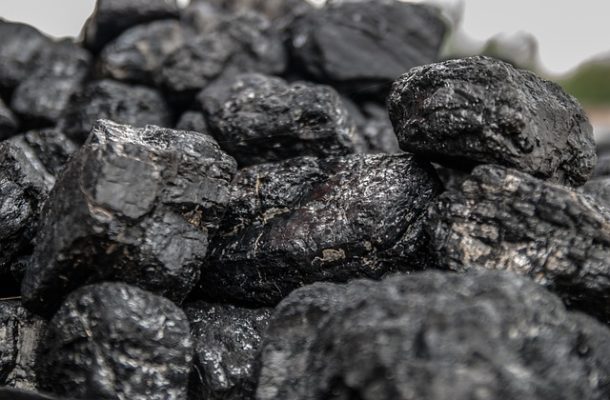Coal – the inconvenient truth

The debate on energy has omitted one vital factor that may have provided a rational outcome – health. It requires dedication by the Federal Government to avoid mentioning health in the context of coal. This avoidance is cloaked in the mantra of “coal is clean”, “clean coal”, “coal is good for humanity”, “coal is cheap” – all flying in the face of universally known evidence.
In the case of Liddell, it emitted 31,344 tonnes of sulphur dioxide in 2014-15, an unacceptable act of pollution. In the atmosphere, sulphur dioxide travels great distances and undergoes chemical reactions to form sulphate particles, one of the components of fine-particle air pollution that has serious consequences for health.
In Sydney alone, pollution traceable to coal-fired power-stations causes 104 premature deaths per year and many more illnesses together with much human suffering. A rough calculation for an additional five years of life for Liddell requested to AGL by the Government indicates that this would result in around 80 extra deaths, though these would be reduced if reform of air-quality standards occurs.
So health must be avoided if the “coal is cheap” assertion is to be maintained along with the edifice of economic prudence. Coal-fired power is neither cheap nor secure. In a severe heat wave, coal and gas-fired generators suffer ‘heatstroke’ and become insecure and, indeed, energy security is best managed by technologists using a portfolio of several modalities of generation. Experts agree that the term base-load for coal is outmoded; its use in this context shows ignorance of the issue.
“Coal is bad for humanity” is evidenced by impeccable economic sources. William Nordhaus, one of the most respected economists in the US, found that, at best, coal-fired power generation has no economic value to the community and, at worst, the industry is a huge economic burden.
In 2011, his team studied the effects of six pollutants (sulphur dioxide, nitrous oxide, volatile organic compounds, ammonia, particles smaller than 2.5 microns and particles smaller than 10 microns) on human health, agricultural yield, visibility (atmospheric clarity), accelerated depreciation and human recreation. Nordhaus related air-pollution concentrations to human illness and death, and estimated the economic loss there-from.
Coal-fired power generation was found to produce damage from 0.8 to 5.6 times its value added. In other words, the damage caused is worth 80 per cent of the net value of the industry at best and 5.6 times greater at worst.
These findings have been confirmed by other US economists but there is no equivalent Australian study. One does wonder why not. Collected evidence suggests the conclusions would be similar. The health costs of pollution in Sydney alone, to which Liddell contributes, are estimated to be $8.4 B p.a. Much of the pollution in Sydney arises from coal combustion.
Full cost accounting, which includes externalities is recommended by the Business Council of Australia, but is not used in energy accounting. Instead the health externalities are paid for by taxpayers, in dollars for health services, and in suffering by patients.
These findings have been explained to Australian governments on many occasions and presented in the media, but without any response, yet many other developed countries have already acted upon such information.
If climate change does not exist then green house emissions from coal are irrelevant, it is “clean”. Such thinking may be needed to preserve power for a divided government rather than provide energy-security and health for the community. But this delusion should not extend to air pollution and cardio-respiratory illness. This is equivalent to medical negligence when we now have technologies without health harms.
Dr David Shearman is Emeritus Professor of Medicine at the University of Adelaide and the Honorary Secretary and founder of Doctors for the Environment Australia.















Max Thomas
September 28, 2017 at 12:19 pm
I have been critical of Doctors for the Environment on ‘Open Forum’ when it seemed to me that some statements made were not soundly evidence-based, or in my view were unreasonable. Examples were some assertions about the health effects of unconventional gas exploration and ‘creative and convenient’ interpretation of NPi PM2.5 data. However, it would be remiss of me not to congratulate Dr Shearman on this informative and well-considered piece. I hope it receives a wide readership and contributes to assisting decision-makers bring about a much-needed but exceedingly difficult change of economic direction while at the same time preserving and strengthening our democratic traditions and institutions.